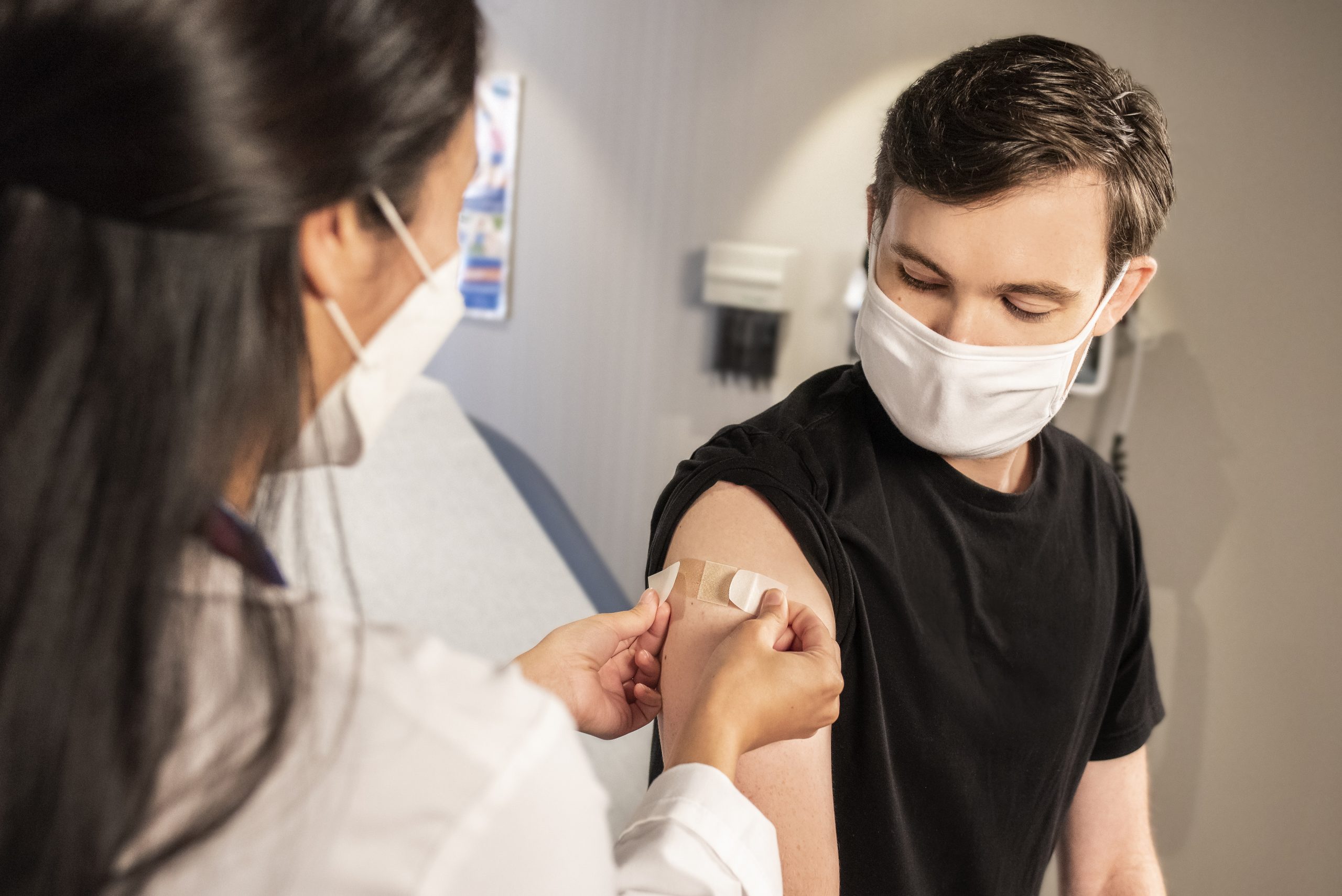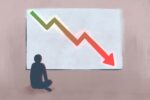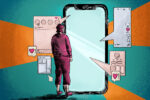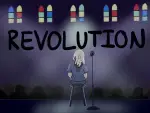In 2020, COVID-19 began spreading throughout the United States. Americans were left waiting for vaccines, wanting to build immunity against the dangerous virus. When vaccines arrived in 2021, the rollout was turbulent. Many of the conditions for vaccine deployment restricted initial access, with immunocompromised and vulnerable populations getting prioritized for initial doses. Eligible Americans were left behind, struggling with appointment times, long lines and vaccine shortages.
While these initial difficulties were complicated, the short shelf life of cold storage vaccines and complex sign-up requirements increased the complications.
Difficulty Signing Up for Appointments
Initial vaccine rollout included seniors and at-risk populations, causing a flood of appointments. The elderly population struggled to navigate online portals, needing younger family members to help. People desperately wanted protection against COVID-19, waiting hours in line and logging into computers in the middle of the night to secure an appointment time.
Significant Vaccine Scarcity
The situation deteriorated further when the vaccine’s strict usage and storage requirements were factored into the rollout schedule. Those trying to secure a vaccine often booked multiple appointments, leading to double booking and unaccounted-for openings with different providers. Studies estimate nearly 30% of all vaccine appointments were ultimately no-shows or canceled. Unfortunately, the excessive waste was heartbreaking for those trying to secure the jab.
Vaccine Waste Issues
Providers must follow strict requirements to maintain stability with all cold storage vaccines. These factors include specific temperature regulations for transport and time to thaw before dilution. Thawed vaccines must be used within particular timeframes. Clinics determined vaccine quantities for booked appointments in advance, using scheduled appointment times as the guide. These schedules ensured everyone who booked an appointment received the vaccine.
Before Dr. B, clinics gave surplus vaccines to anyone nearby due to no-shows, cancellations and other miscalculations. Previously registered individuals who didn’t show for their appointment contributed to the daily excess for a facility.
How Dr. B Helped Fight COVID-19
Dr. B founder Cyrus Massoumi identified substantial gaps in deployment, mainly when it came to vaccine waste and expiry. He understood clinics were facing vaccine shortages yet continued experiencing vaccine surpluses daily (mainly due to no-shows and cancellations). He identified an opening in the health care industry — a streamlined method to connect patients with surplus vaccines.
The website’s premise was simple; individuals could register through the platform if they wanted the COVID-19 vaccine. Registered providers would report extra doses online to fill available vaccines. When a clinic within their geographic location had an extra dose, the patient would receive a text notification.
The Plan in Action
The original launch of the standby list was intentional, with underserved communities gaining immediate access before the public. A previous Dr. B review suggests Massoumi gave these communities a chance to register online, offering early access to the Dr. B waitlist. By doing so, more at-risk individuals could hypothetically find a vaccine during a time of significant shortage. The popularity of Dr. B grew, and more than 2.5 million people registered online throughout the year.
Providers quickly joined the network, too, with nearly 750 different establishments jumping on board. Dr. B used complex algorithms to notify eligible candidates of an available dose, which often required immediate administration (typically within 20 minutes of text message receipt).
Understanding the Notification Process
Anyone wanting to register with Dr. B could complete their application directly online. Registrations included a name, address, phone number and any ongoing medical issues. After filing their application, the website would prioritize patients according to risk factors, state legislation, and position within the risk group. Dr. B gave those with pre-existing medical conditions or senior age priority contact.
When a vaccine was available within a patient’s geographic area, the platform sent a text message to the applicant. After receiving the text, individuals could confirm the appointment time or decline. Declining the vaccine would put the patient to the back of their priority at that time.
Successfully Combating COVID-19
As vaccine accessibility improved, the website closed the registration process. Dr. B’s campaign was highly successful, sending over a million notifications through the platform. When limited quantities persisted, Dr. B kept unvaccinated Americans connected with surplus doses. In uncertainty, Massoumi created an interactive platform to fill the void in vaccine distribution, minimalizing resource loss simultaneously.
















